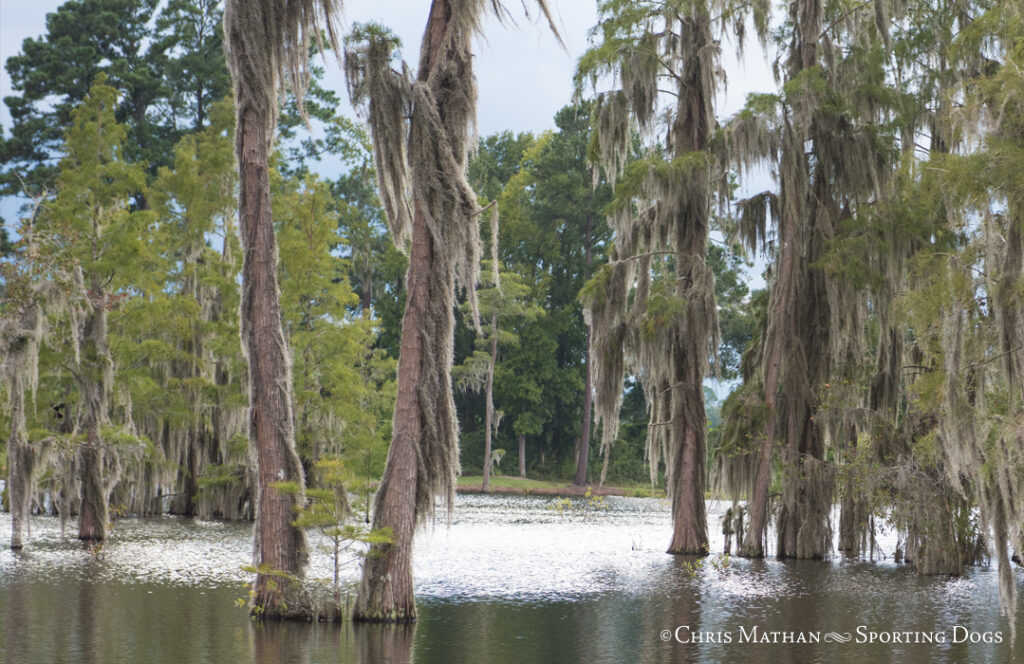It was a dread but familiar problem. How to solve it and satisfy long-waiting heirs and at the same time save a landmark of unique natural beauty was the challenge.
Fred Fulton had owned Leaning Pine Plantation fifty years, bought it with the proceeds of his early and first big business deal. He had stewarded it lovingly since, even as urban development approached it relentlessly.
Fred had two sons waiting to be his inheritors. For many years they had appeared to be waiting patiently. Lately the patience had grown thin, as Ben Reach had learned at a meeting requested by the sons. There Ben got a shock.
Fred Fulton’s good fortune of fifty years had reversed. His sons, acting for him now under a power-of-attorney because of his ill health, had sold in liquidation his last operating business at a huge loss. Fred had kept it alive with investment assets much too long, mostly out of concern for employees.
Leaning Pine was his sole remaining asset, and his sons told Ben they had a tentative deal to sell it to a consortium of Atlanta developers for a massive mixed-use project. Fred’s losses on the dissolution of his last and failed operating business should offset his capital gain on the sale of Leaning Pine and thus save the sons’ long awaited inheritances.
The sons laid out for Ben the economics of the deal. As Ben suspected, it would involve re-zoning and environmental contingencies and a partnership in which parts of Leaning Pine would be contributed by Fred as capital. Thus Fred would be subject to potential development losses even if the sale went through. The developers projected large profits for Fred on his partnership capital, but those profits were contingent on the overall success of the leveraged venture, never a sure thing.
“What if a sale with the same assured pre-development profit but no contingencies or development risk could be arranged?” Ben asked.
“We morally committed in good faith to a period of exclusive negotiations with the developers,” the sons responded in unison.
“Who is ‘we?” Ben asked. The sons said they had as agents of their father. “Did you explain to him the down-side risk?” Ben asked. The sons were caught in a dilemma, a ‘catch-22’. Their power of attorney did not activate until their father’s incapacity was certified by his regular physician plus a consulting physician, in which case he could not by definition understand the development risk. Ben knew this, for he had drafted the power of attorney.
Ben saw in the dilemma a potential win-win, but it would require the help of his pal Sam Nixon MD.
Sam had a patient, also like most of his patients a dear friend, who wanted to, and could afford to, own a quail plantation like Leaning Pine. His name was Bill Blount. But he was gun shy, because he had been stung in a conservation easement tax case where he’d been advised to place a conservation easement on a property and the IRS had successfully contended the easement he imposed actually increased the value of the property. The win-win Ben saw in the case of Leaning Pine lay in the offer Fred Fulton’s sons had already secured from developers for Leaning Pine.
“Suppose your patient-friend matches the purchase offer Fred’s sons have for Leaning Pine from developers, then after purchase he puts an easement on it prohibiting development?” Ben said to Sam. Ben knew from another source that Bill Blount had a big slug of ordinary income coming from stock options.
“He’s got an army of tax lawyers and accountants advising him,” Sam said. “Ask him to ask them,” Ben said. “I will,” Sam said.
And thus was Leaning Pine saved from becoming concrete and remained a bastion of old-growth long-leaf pine habitat for quail. Incidentally, the cypress-studded swamp-bordering ponds on Leaning Pine, which Ben and Sam had long fly fished for bream in early spring, remained pristine. And thanks to Sam, available to the curmudgeons for spring bream fishing. The developer’s lawyers said they had a conflict of interest, which they did not bother to contest.
